当前位置:
X-MOL 学术
›
Journal of Archaeological Science
›
论文详情
Our official English website, www.x-mol.net, welcomes your
feedback! (Note: you will need to create a separate account there.)
First provenance evidence for lapis lazuli artefacts from Arabia: Analytical study of beads from the Umm an-Nar tomb DH7-1 at Dahwa, Sultanate of Oman
Journal of Archaeological Science ( IF 2.6 ) Pub Date : 2024-12-17 , DOI: 10.1016/j.jas.2024.106131
Marta Magalini, Laura Guidorzi, Alessandro Re, Dennys Frenez, Kimberly D. Williams, Khaled A. Douglas, Nasser S. al-Jahwari, Quentin Lemasson, Claire Pacheco, Laurent Pichon, Brice Moignard, Alessandro Lo Giudice
Journal of Archaeological Science ( IF 2.6 ) Pub Date : 2024-12-17 , DOI: 10.1016/j.jas.2024.106131
Marta Magalini, Laura Guidorzi, Alessandro Re, Dennys Frenez, Kimberly D. Williams, Khaled A. Douglas, Nasser S. al-Jahwari, Quentin Lemasson, Claire Pacheco, Laurent Pichon, Brice Moignard, Alessandro Lo Giudice
In this work, two wholly preserved lapis lazuli beads from an Umm An-Nar-type communal tomb excavated in Dahwa (2500-2000 BCE, Sultanate of Oman) have been analysed by means of non-invasive analytical techniques to try to determine the provenance of their raw material. The importance of these beads is due to the fact that they are possibly among the earliest lapis lazuli objects found in south-eastern Arabia to date. The combined results of the provenance and stylistic investigations presented in this work aim to assess the geological origin of the raw material used to produce these beads as well as their cultural affiliation, providing crucial insights into reconstructing the lapis lazuli trade between Western Asia and the Mediterranean during the third millennium BCE. To identify the lapis lazuli provenance, in-air ion microbeam techniques were used to measure the trace elements content and the luminescent properties of different mineralogical phases within the lapis lazuli rock. Data were compared with those collected over the past 15 years on rocks from five mining areas in Chile, Afghanistan, Siberia, Tajikistan and Myanmar. Using a protocol based on this rock database and exploiting a multivariate method (principal component analysis) on the compositional results, it was possible to prove that the raw material of the beads only matched the Afghan quarry district.
中文翻译:

阿拉伯青金石文物的首次来源证据:对阿曼苏丹国达瓦 Umm an-Nar 墓 DH7-1 珠子的分析研究
在这项工作中,通过非侵入性分析技术分析了在大华(公元前 2500-2000 年,阿曼苏丹国)出土的 Umm An-Nar 型公共墓葬中两颗保存完好的青金石珠子,以试图确定其原材料的来源。这些珠子之所以重要,是因为它们可能是迄今为止在阿拉伯东南部发现的最早的青金石物品之一。这项工作中介绍的产地和风格调查的综合结果旨在评估用于生产这些珠子的原材料的地质来源及其文化归属,为重建公元前三千年西亚和地中海之间的青金石贸易提供重要见解。为了确定青金石的来源,使用空气离子微束技术测量了青金石岩石中不同矿物学阶段的微量元素含量和发光特性。将数据与过去 15 年从智利、阿富汗、西伯利亚、塔吉克斯坦和缅甸的五个矿区收集的岩石数据进行了比较。使用基于该岩石数据库的协议并利用成分结果的多变量方法(主成分分析),可以证明珠子的原材料仅与阿富汗采石区相匹配。
更新日期:2024-12-17
中文翻译:

阿拉伯青金石文物的首次来源证据:对阿曼苏丹国达瓦 Umm an-Nar 墓 DH7-1 珠子的分析研究
在这项工作中,通过非侵入性分析技术分析了在大华(公元前 2500-2000 年,阿曼苏丹国)出土的 Umm An-Nar 型公共墓葬中两颗保存完好的青金石珠子,以试图确定其原材料的来源。这些珠子之所以重要,是因为它们可能是迄今为止在阿拉伯东南部发现的最早的青金石物品之一。这项工作中介绍的产地和风格调查的综合结果旨在评估用于生产这些珠子的原材料的地质来源及其文化归属,为重建公元前三千年西亚和地中海之间的青金石贸易提供重要见解。为了确定青金石的来源,使用空气离子微束技术测量了青金石岩石中不同矿物学阶段的微量元素含量和发光特性。将数据与过去 15 年从智利、阿富汗、西伯利亚、塔吉克斯坦和缅甸的五个矿区收集的岩石数据进行了比较。使用基于该岩石数据库的协议并利用成分结果的多变量方法(主成分分析),可以证明珠子的原材料仅与阿富汗采石区相匹配。







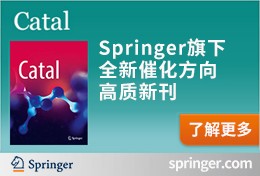
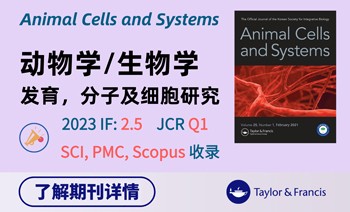










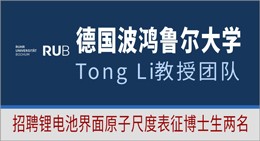




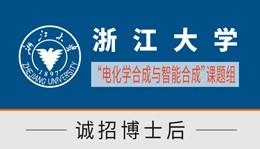
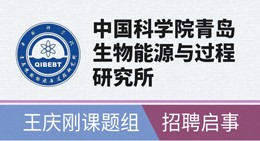





 京公网安备 11010802027423号
京公网安备 11010802027423号